Choosing what to plant beneath the deciduous tree in your garden may be challenging, given the number of choices. Will it grow underneath the shade?
Will it look good when the leaves fall off and leave the tree with bare branches? Luckily we have researched for you and will share the plants growing well beneath your tree.
You can plant these shade-loving plants beneath deciduous trees:
- Hyacinth
- Bergenia
- Tulip
- Hellebores
- Hostas
- Cosmos
- Ferns
- Lavender
- Wood Anemones
- Snowdrops
You may want to narrow down which of these recommended plants.
To help, read on as we discuss the characteristics of each plant, including how to determine if they will grow well in your local conditions and planting instructions to maximize the chances of good growth.

What To Plant Under Deciduous Trees?
Your deciduous tree in the garden gives a lot of shade, making it conducive to having plants beneath it. Here is a list of shade-loving plants to grow best:
1. Hyacinth
Hyacinth is a fragrant spring-blooming perennial native to the Eastern Mediterranean. Modern cultured varieties come in various colors, such as blue, white, red, yellow, pink, violet, or orange.
Hyacinths have medicinal properties.
They do not grow well in constantly wet soil. Plant by digging holes 4 inches deep, spacing them 3 inches apart. Plant pointing the bulb in the direction you want them to grow.

2. Bergenia
Bergenia are evergreen rhizomatous perennials that grow in clumps producing pink flowers. They are hardy plants able to withstand winter conditions. They grow well in shady areas.
To plant, dig a hole larger than the root ball. You can add sand, hummus, or loam soil to ensure good drainage, as you will need to water until the plant is established.
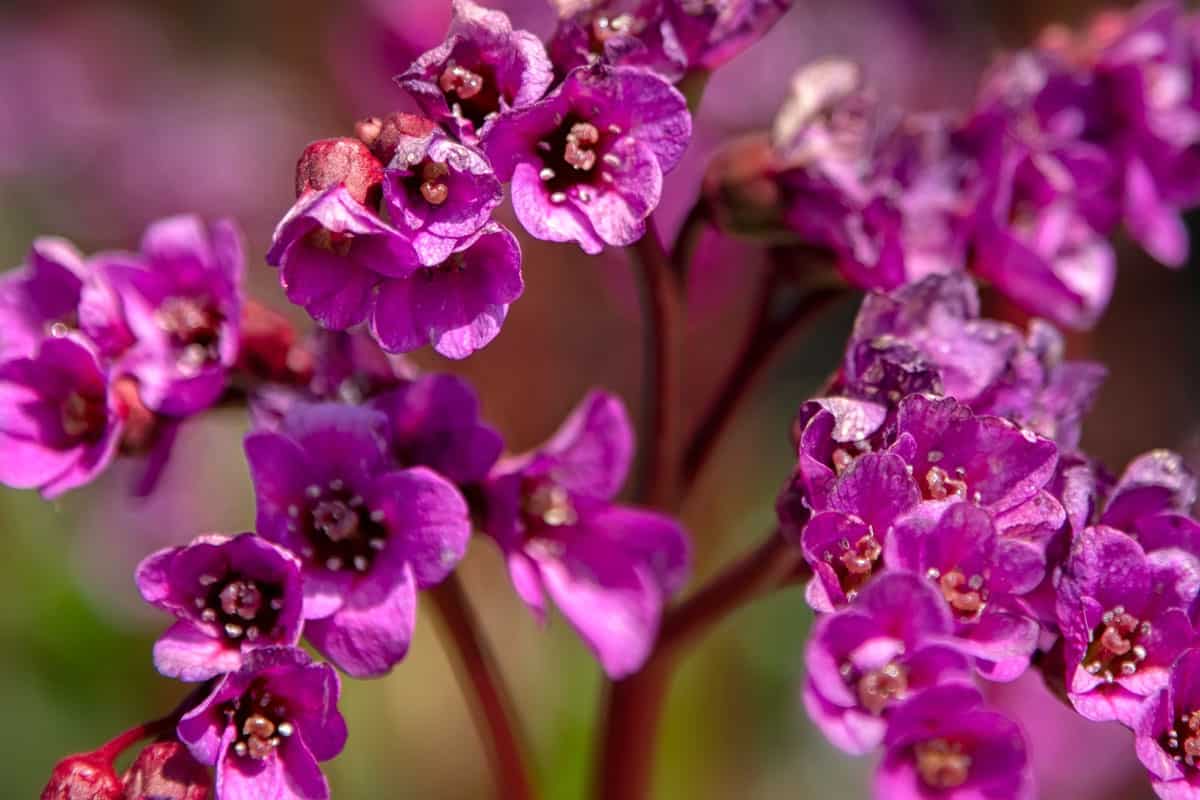
3. Tulip
Tulips are spring-blooming perennials producing beautiful bulbous flowers. They come in various colors, such as white, red, yellow, orange, and pink.
To plant, you need to dig pretty deep. Dig at least three times the height of the tulip bulb.
Make sure to choose short and fat bulbs to plant. Loosen the soil a little deeper to give good drainage. Make sure to plant the bulb with the pointy side up; otherwise, it may grow into the ground.
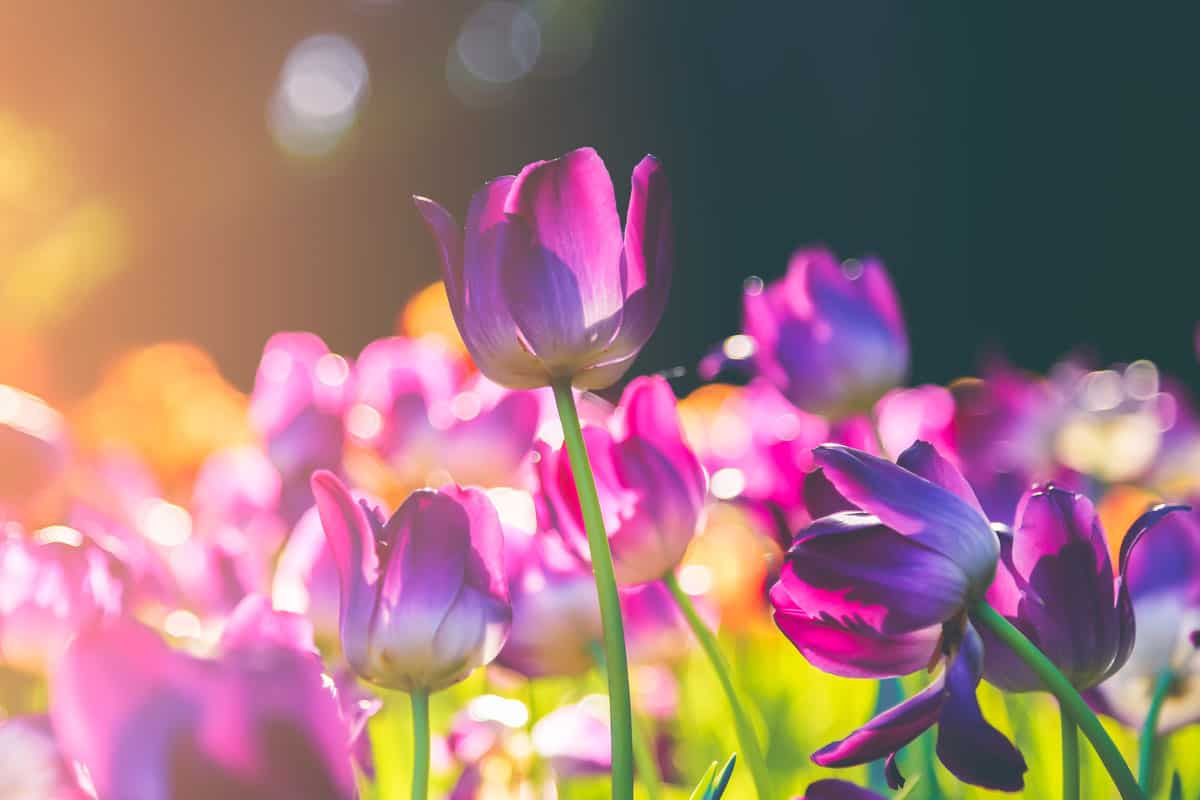
4. Hellebores
Sometimes called Lenten Rose, Hellebore is a flower that comes in white, pink, cream, yellow, blue, green, and purple. These perennials grow even in winter.
They require shade growing perfectly under deciduous trees. When planting, avoid burying the crown. Space 15 inches apart to give each plant room to grow. Apply plenty of compost.
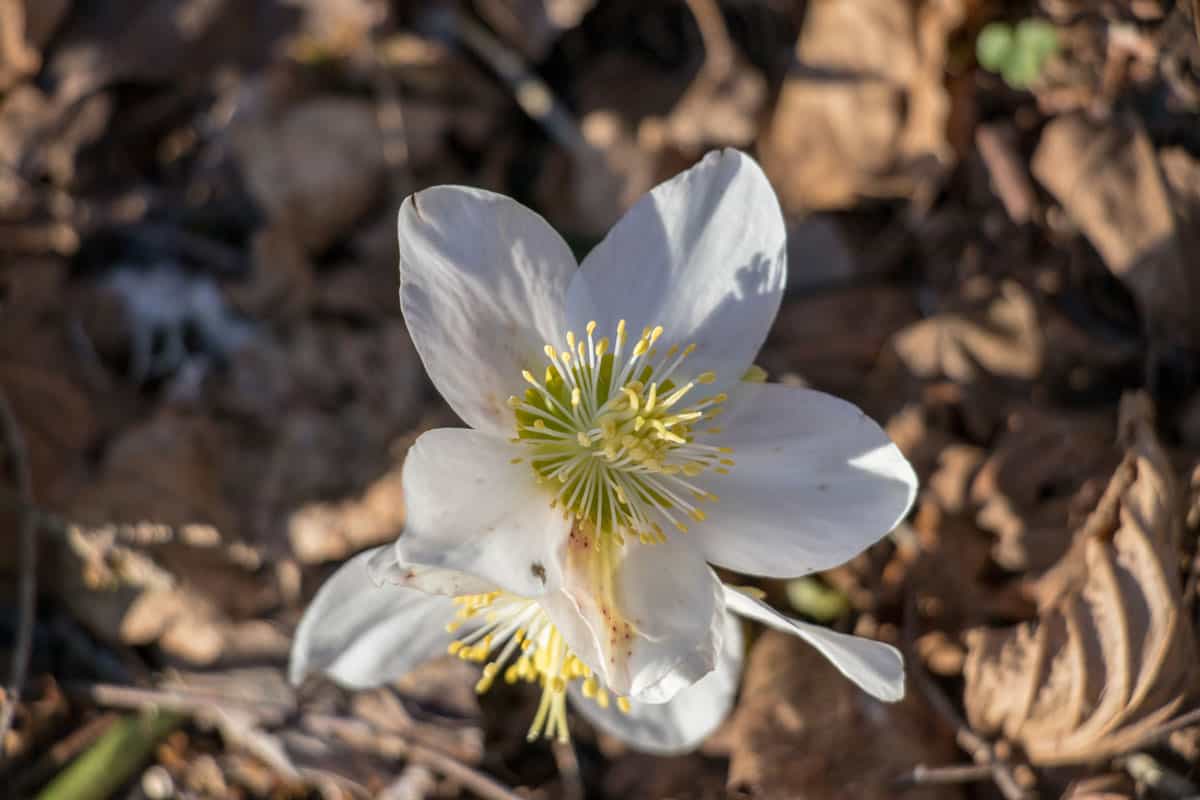
5. Hostas
Hostas are winter-tolerant perennial plants that grow well in the shade. To plant, leave plant roots soaked overnight in a big container.
Dig a hole 1 foot deep and plant, making sure not to bury the crown. Do not compact the soil and water immediately after planting.
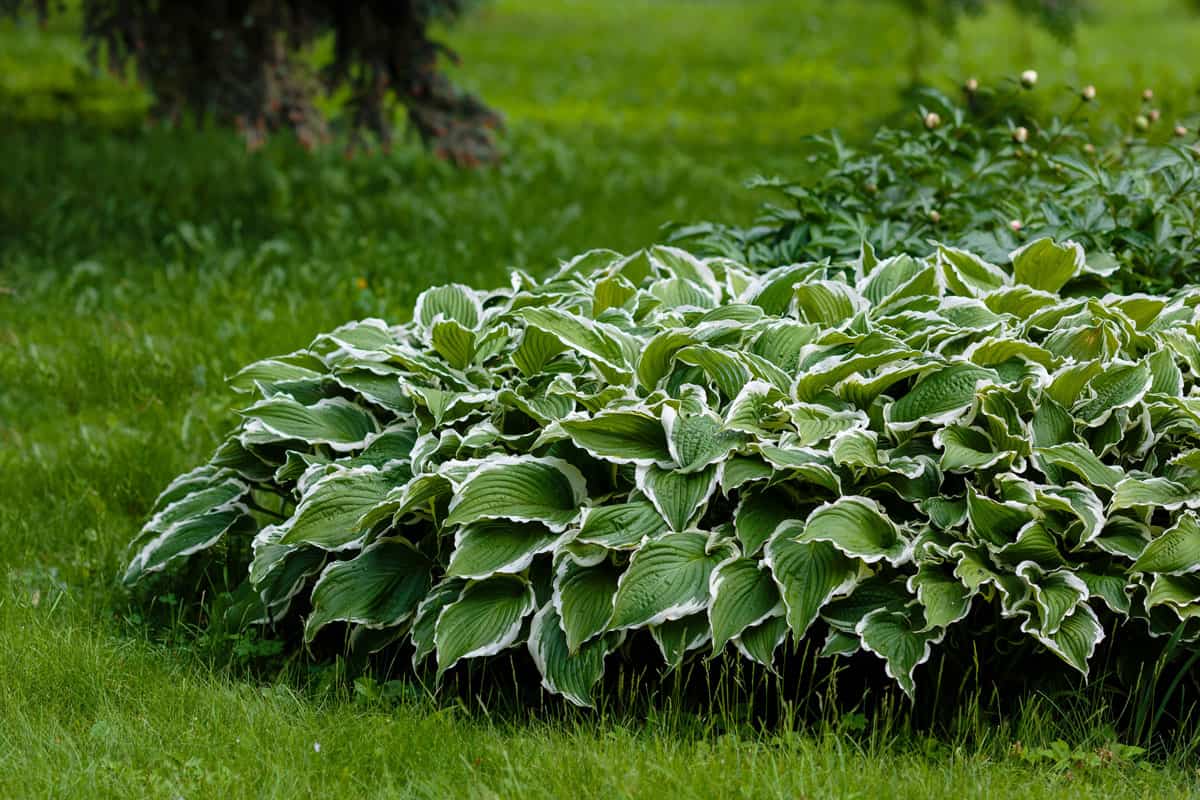
6. Cosmos
Cosmos are from the sunflower family. They come in bright orange, yellow or red. Cosmos are often used as part of organic pest control because they are excellent attractors of pollinator and predator insects.
To plant, scatter the seeds on the soil. Once the plant grows, it will continue to produce seeds from its dried flowers and spread by itself.
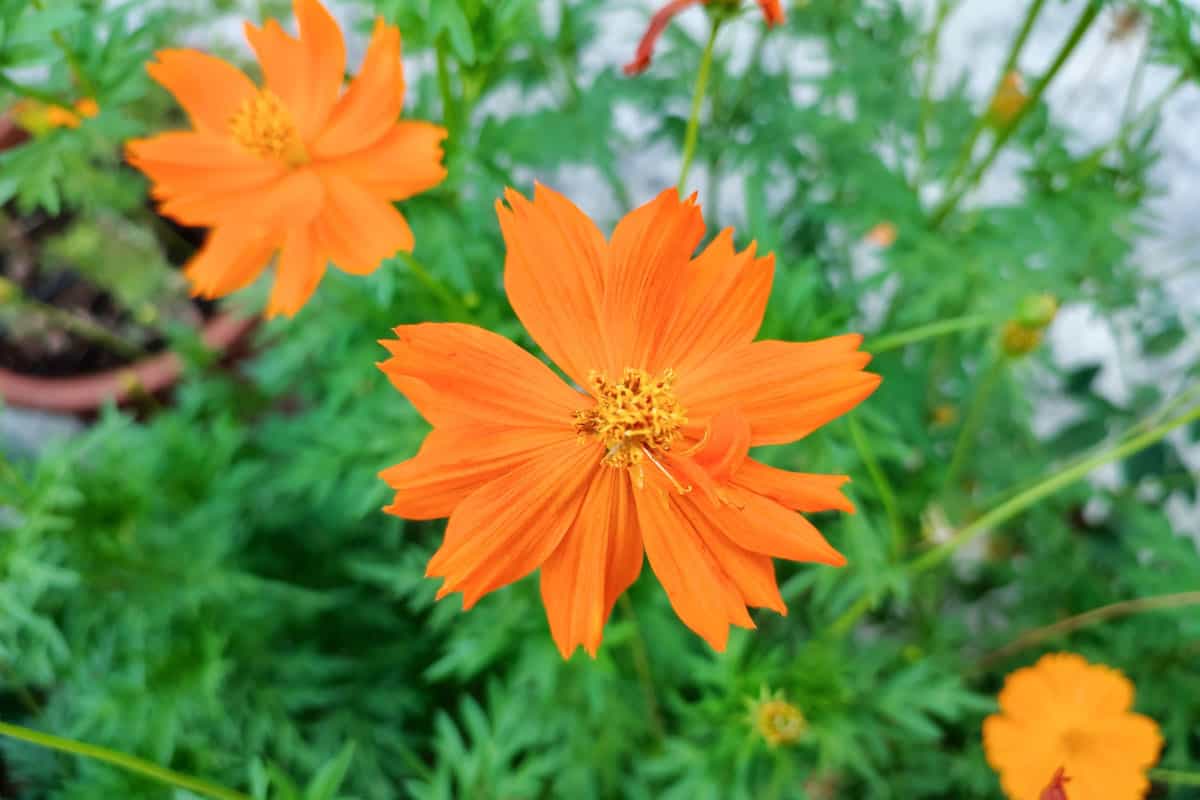
7. Ferns
Ferns are a favorite of gardeners because they give off that lush tropical look to the garden. They are vascular plants that use spores instead of seeds to reproduce.
They like slightly acidic, moist soil, although once rooted, they require minimal care.
Planting is as easy as digging a hole larger than the root ball and placing it inside. Add a layer of compost and pat lightly, watering generously afterward.
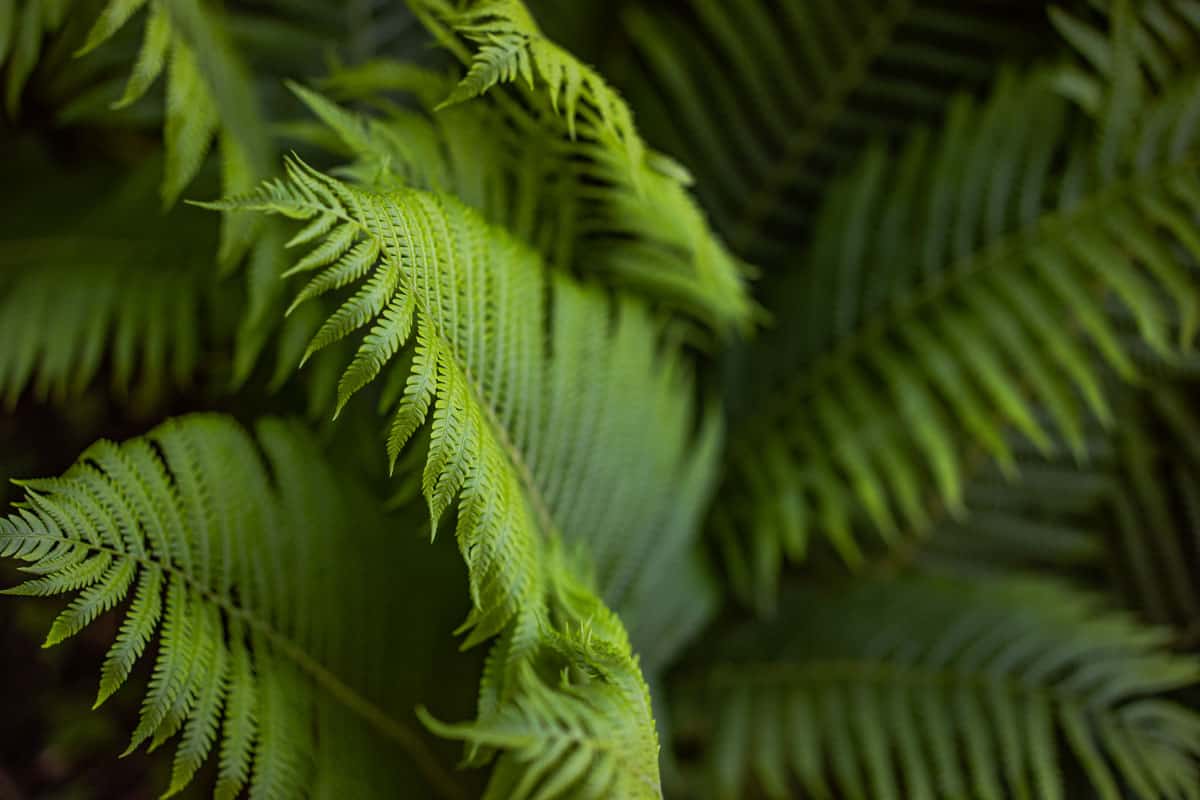
8. Lavender
Lavender is native to Europe. They are fragrant perennial herbs that produce beautiful Lavender colored flowers that attract butterflies and bees.
Lavender is hardy and will take to a wide range of soil pH, though it likes neutral to alkaline soil better than acidic soil. The soil must be well-drained to prevent root rotting—plant 2 to 3 feet apart.
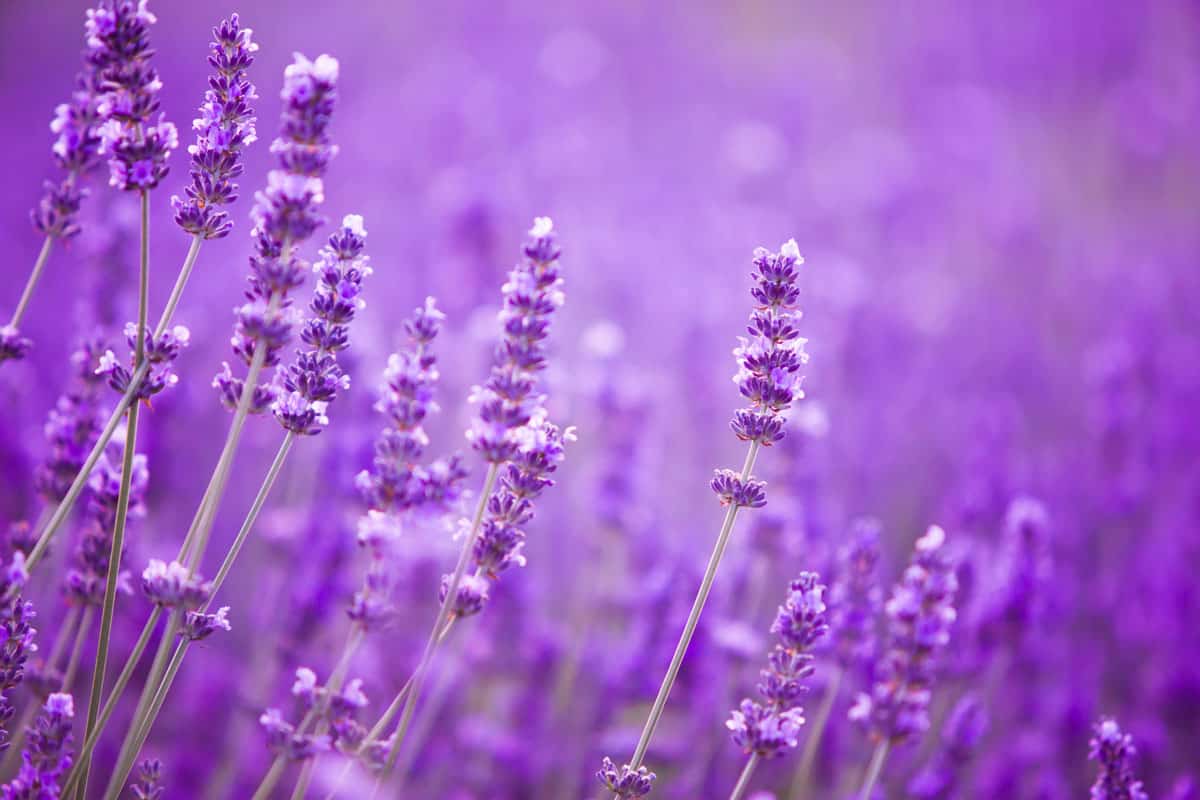
9. Wood Anemones
Wood Anemones, also known as windflowers, are beautiful wildflowers that produce small, star-shaped flowers that grow in contrast with the green of their foliage.
Flowers come in white, red, purple, or green-yellow colors.
To plant, Wood Anemones should be soaked in water the night before planting. As a rhizome, you should plant them horizontally at a depth of an inch or two, then cover them with soil and compost.
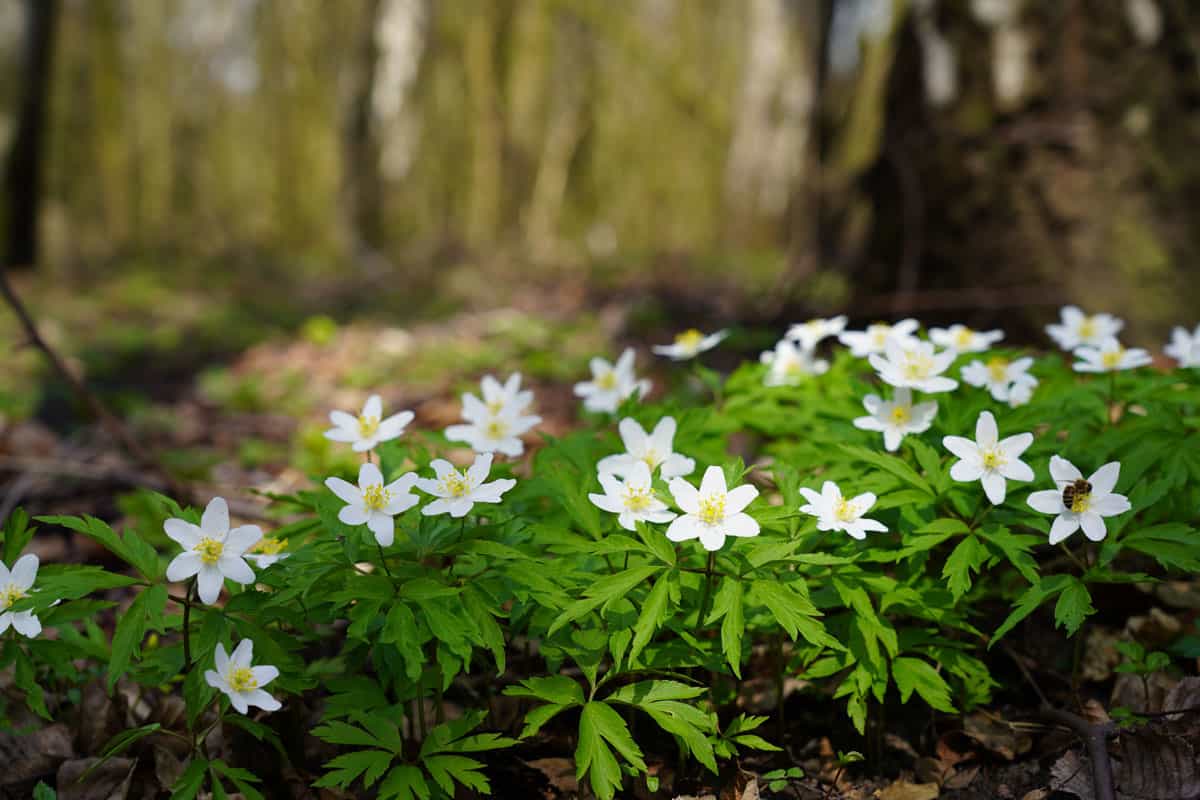
10. Snowdrops
Snowdrops get their name from the beautiful white dangling flower that looks like snow.
They are one of the first spring flowers to bloom, sometimes starting as early as late winter, adding to the impression that the flowers are snow.
This low-growing, resilient, spreading plant forms a white carpet in the wild.
Plant the bulbs 3 inches deep and 3 inches apart, making sure to water them immediately. As in all the previous recommendations, ensure the soil drains well.
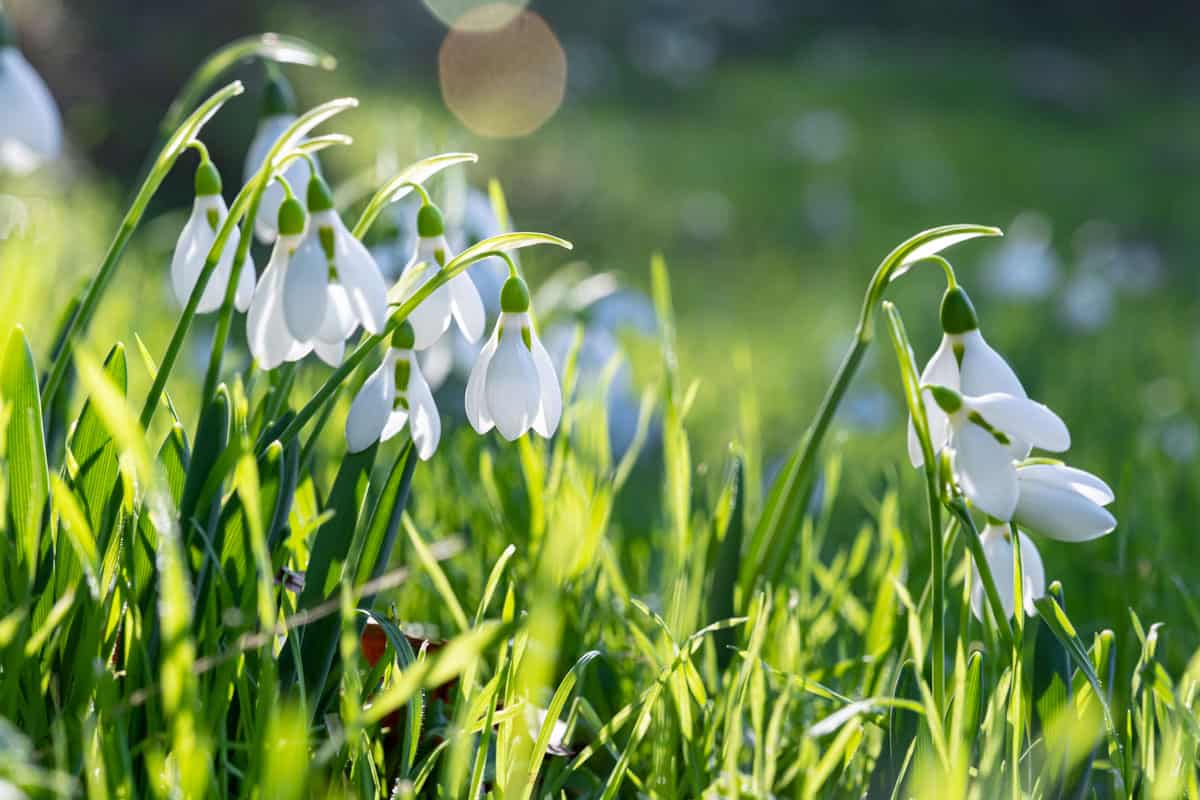
How Do You Plant Something Under A Tree?
To plant under trees while ensuring that no damage is incurred, make sure that you do your research. Find out how tolerant the particular type of tree will be if shallow root structures are damaged.
Thus armed, you can now proceed slowly, planting small areas to allow the tree to adjust. Take care to damage the bigger root systems by planting in between them.
Another thing to consider is to prune the lower branches to afford sunlight. This will depend on your chosen plant, as some require more sunlight than others, though all the plants recommended here grow well under shade.
It would help if you also made sure to water well as they establish. This is important because the new plants will compete with the tree roots, so it is best to have enough for both.
This leads to the last advice to ensure you mulch well to retain moisture, leaving a gap between the tree trunk and the mulch ring. This will prevent rot at the base of the tree trunk.
Can You Place A Raised Bed Beneath Your Tree?
Many trees have spreading roots near the surface of the ground as they require oxygen. This means you cannot place raised beds at the tree's base as it would cut off the oxygen supply and stress the tree.
This will leave it vulnerable to disease and pests, eventually killing the tree.
The best thing you can do is to add a layer of compost mulch to add nutrients to the soil for both the plant and the tree.
Check out this compost on Amazon.
Check out this organic mulch on Amazon.
What Companion Plant Can You Use With Trees?
Another thing you may want to consider is choosing to plant beans that will benefit the tree. Beans are legumes that add nitrogen to the soil, making them excellent companion plants to the tree.
Should You Follow The Hardiness Zone Map?
The last thing to consider is checking out the Hardiness Zone Map to ensure that your local conditions are good for the plant of your choice.
Some plants cannot take the cold in temperate zones, while others may not stand the heat in desert or tropical conditions.
Understanding the above will save you from heartaches and enable you to plant beneath your deciduous trees successfully.
To Wrap Up
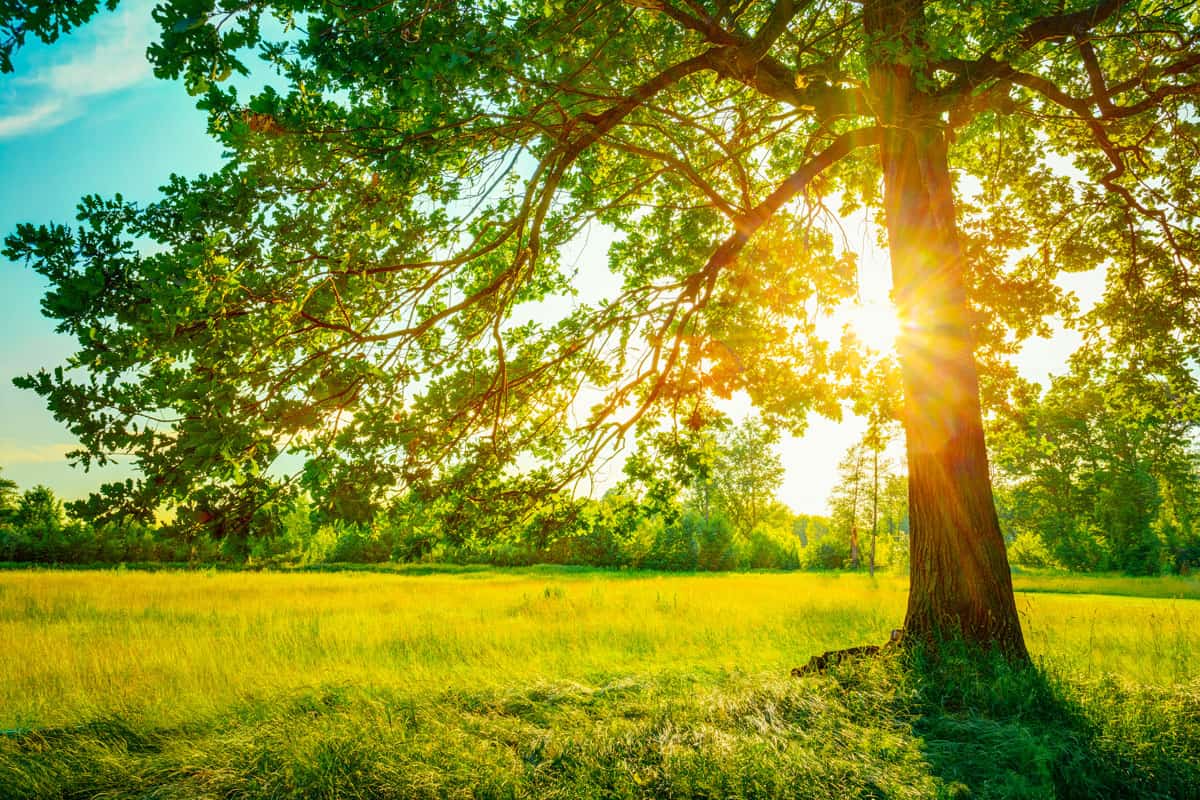
Choose shade-loving perennials to plant underneath deciduous trees.
Make sure you disturb the root system as little as possible and water well as the plant establishes itself because it will compete with the tree root.
For all plants recommended, mulch well and make sure that the soil drains well. Keeping these simple steps in mind, you can ensure your plant's growth while preserving your tree's health.
Made it to the end? Check out these helpful related garden posts below:


